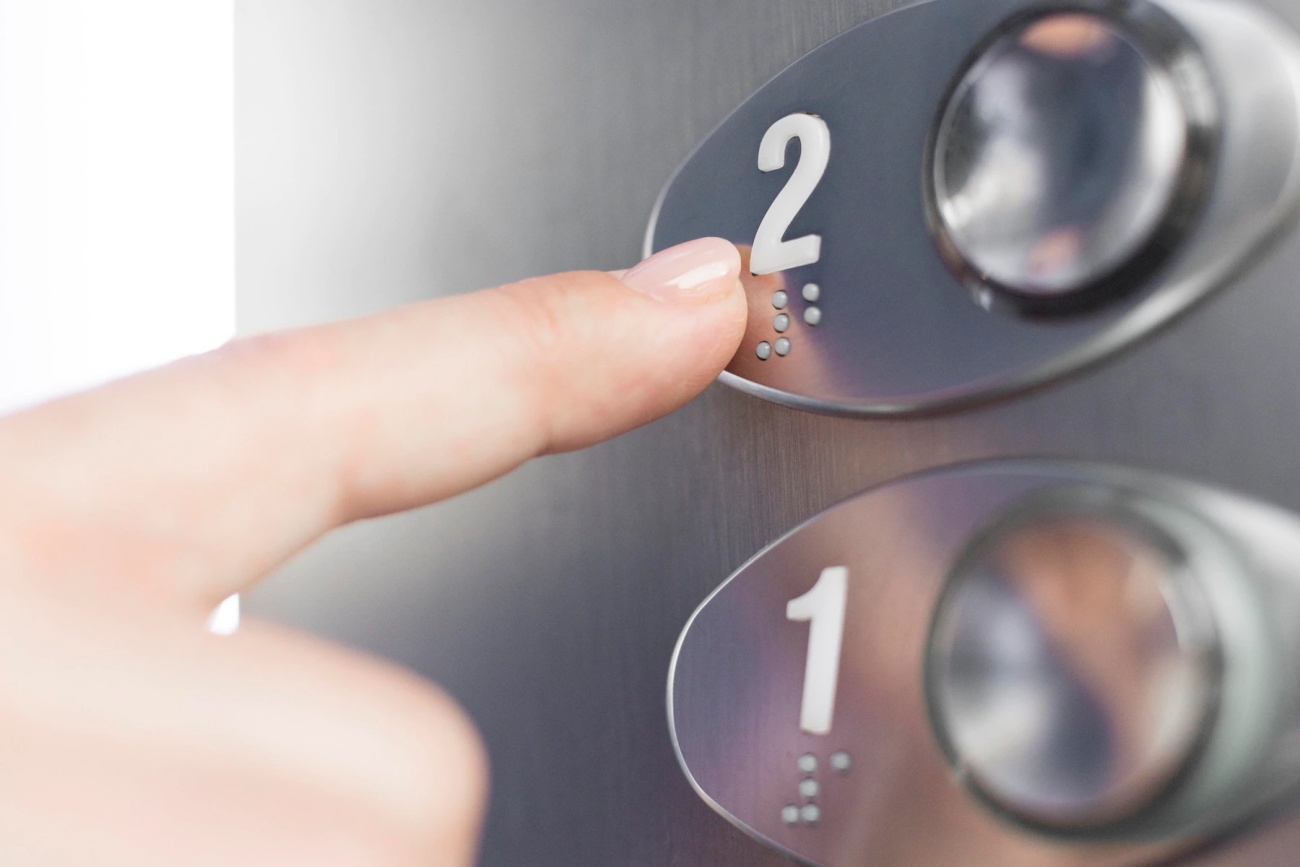Have You Ever Wondered What Mirrors in Elevators are For? the Answer May Surprise You!
The elevator was designed by Elisha Otis in 1854, and over the years, it has become more modern, practical, and safe. Nowadays, you can find at least one elevator in most buildings, and people prefer taking the lift over climbing numerous flights of stairs. Additionally, most elevators have a common feature – built-in mirrors. But have you ever wondered why mirrors are installed in elevators?

From the moment we wake up in the morning to the evening before going to bed, all of us are used to looking at ourselves in the mirror. Whether out of necessity or mere vanity, there isn’t a day we can’t help but do it. You can find mirrors everywhere nowadays, including in shops, hotel lobbies, and even elevators. Speaking of elevators, let’s explore why having a mirror in them can be particularly useful.
The inclusion of mirrors in elevators serves several purposes. First and foremost, it provides comfort to the people who use it. Early elevators were often relatively slow, and people criticized this aspect. To overcome the problem, designers decided to install mirrors inside elevators to help “distract” the public during the ascent or descent, making the ride more pleasant and less tedious.
However, it was decided to keep the mirrors even when faster elevators were created, and the reason was to create a sort of optical illusion that made the space appear larger. Many people still experience claustrophobia today, and the perception of more space provided by mirrors can help alleviate this fear, making elevator rides more comfortable for those prone to feeling confined.

Curiosities about elevators
So, now you understand why there are mirrors inside elevators. Still, there are many other things you may need to learn about this invention.
Absolutely, elevators can reach astonishing speeds in some of the world’s tallest buildings. For instance, the elevator in Taipei 101, the tallest skyscraper in the world, can achieve speeds of up to 60 kilometers per hour. Plus, this impressive elevator can reach the 89th floor in just 40 seconds!
Another curiosity that few people know is that in the early days of elevators, they were seen as mobile rooms, complete with furniture and even a butler. This extravagant design aimed to make elevator journeys more comfortable, especially since elevator rides in the past could take several minutes. Over time, elevators evolved into the more compact and efficient forms we use today. Still, their history is rich with these luxurious beginnings.






